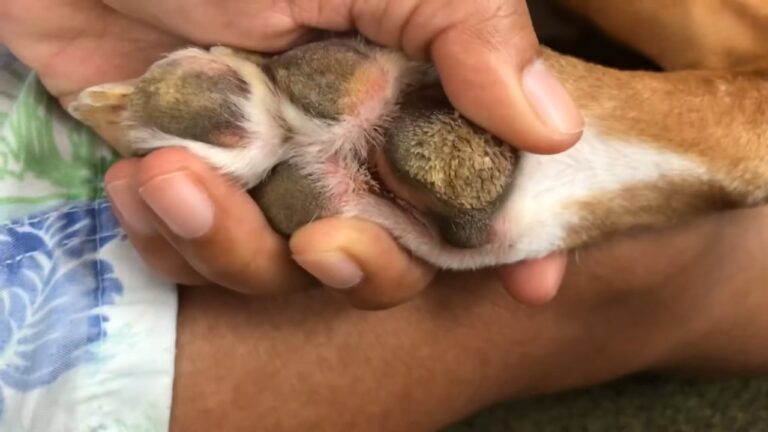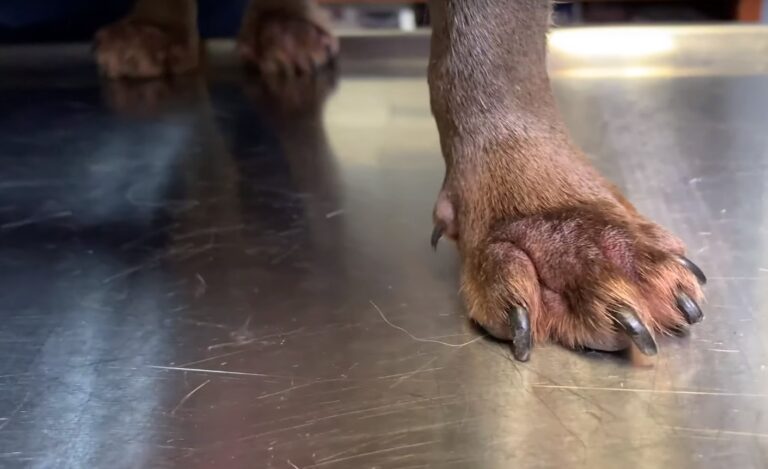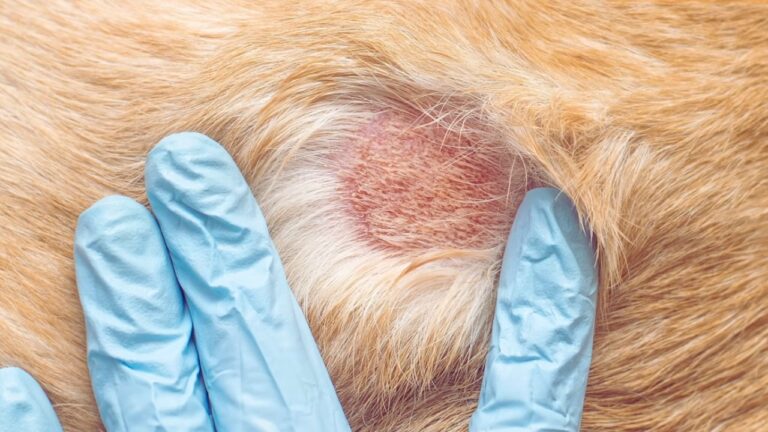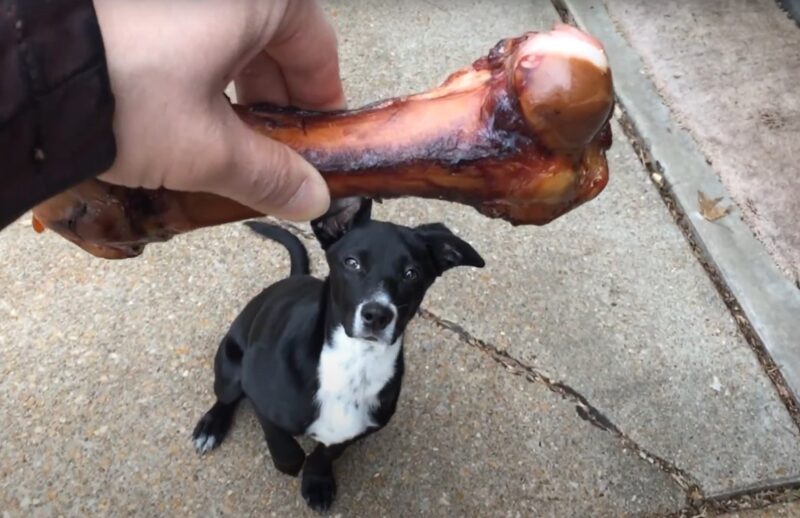I know just how difficult it is to resist that hopeful gaze when your pup sits attentively next to you at dinnertime. But before giving in to their begging, it’s important to consider their well-being first.
This guide aims to have an understanding conversation about the topic – should we feed our little friends with ham bones?
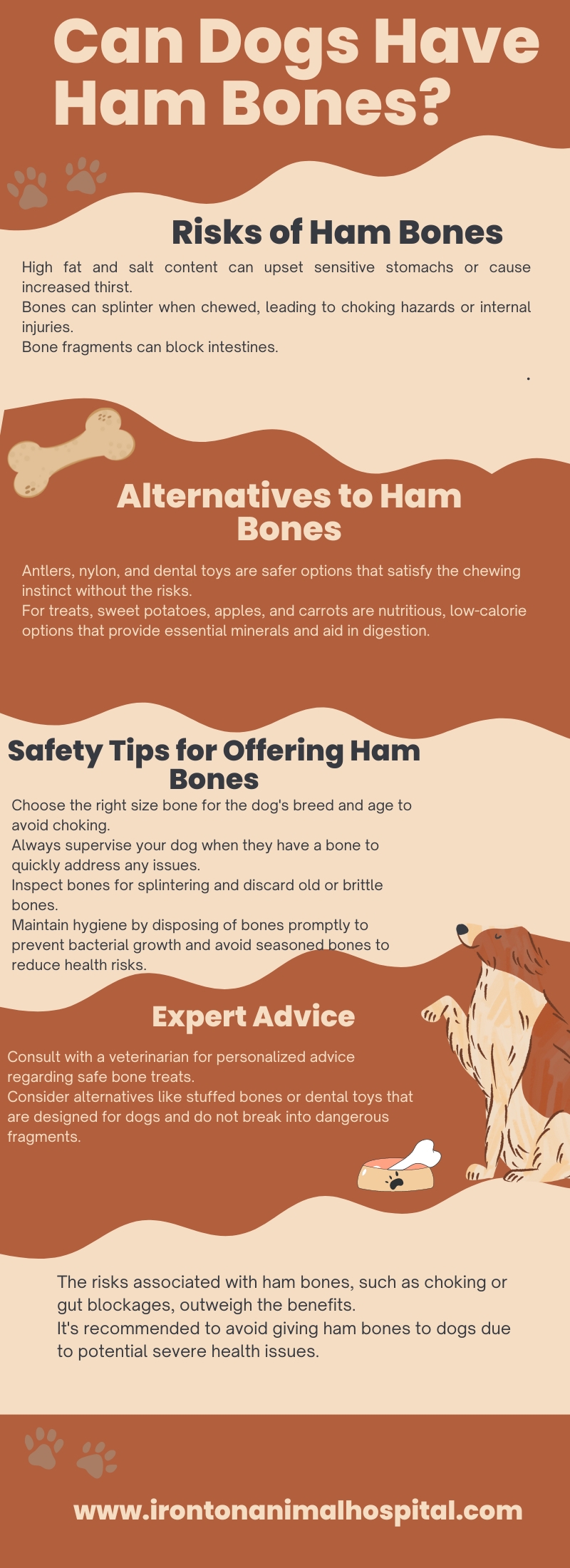
Why Ham Bones Are Controversial?
Few things are as worrisome as seeing our canine companions enjoying themselves one moment, only to suddenly be in pain or distress. The debates around ham bones stem from real concerns any pet parent would understand.
On one paw, bones are nutritious and dogs seem to relish sharing our meals. However, processed varieties bring added risks we can’t ignore. With their high fat and salt levels, ham bones may affect sensitive tummies or lead to thirst issues over time.
More immediate though are the dangers of breakage. As any dog owner knows, those powerful jaws make quick work of chewing. But bones can splinter into sharp pieces posing not just a choking threat, but also the risk of cuts inside the mouth. intestines too may become blocked if chunks are swallowed.
Alternative Treats and Bones

While considering alternatives, it’s important to remember that different pets have different needs. What works well for one animal may not suit all in a shared home.
Cats, for instance, are obligate carnivores that need certain nutrients absent from other diets. So while corn is no problem for dogs, our feline family members may not fare as well with it in their bowl.
There are many options for providing chewing satisfaction safely. Antlers last longer than other toys and don’t pose the cracking risks of harder materials. Nylon and dental items support puppy teeth while tiring their jaws.
For nutritious snacking, sweet potatoes, apples, and carrots offer fiber to aid digestion alongside essential minerals. Their low calories make ideal rewards minus extra pounds
How to Safely Offer Ham Bones?
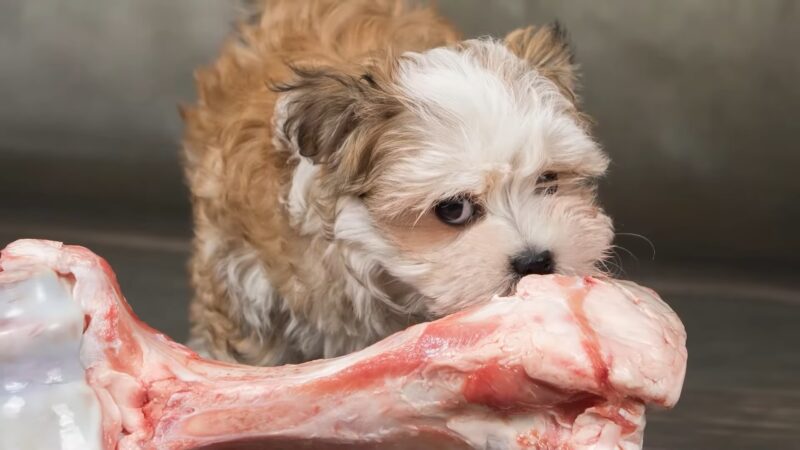
While ham bones may seem like a special treat dogs enjoy, safety should always be the top priority when making choices for our pets. Here are some tips shared by those with experience:
Size truly matters – young pups or small breeds risk issues from bones too hefty. Supervise closely so play doesn’t become peril. A watchful eye also spots problems early.
Inspect the situation – old bones especially become delicate so check for splintering that could cause harm inside. Cooking also makes them brittle and prone to fracturing.
Hygiene is key to keeping them healthy – dispose promptly to avoid bacterial growth and don’t offer access all day to prevent tummy troubles. Seasonings pose unknown risks so best left out of reach.
Final Thoughts
Ham bones just aren’t worth the risks like choking or blockages in the gut. Those dangers seriously outweigh any momentary fun your dog might get from chewing on a bone. I’ve heard way too many scary stories from vets about dogs needing emergency surgery.
Instead, consider stuffed bones, antlers or dental toys – things made special for dogs that won’t break into sharp bits. And talk to your own vet too for personalized advice.

